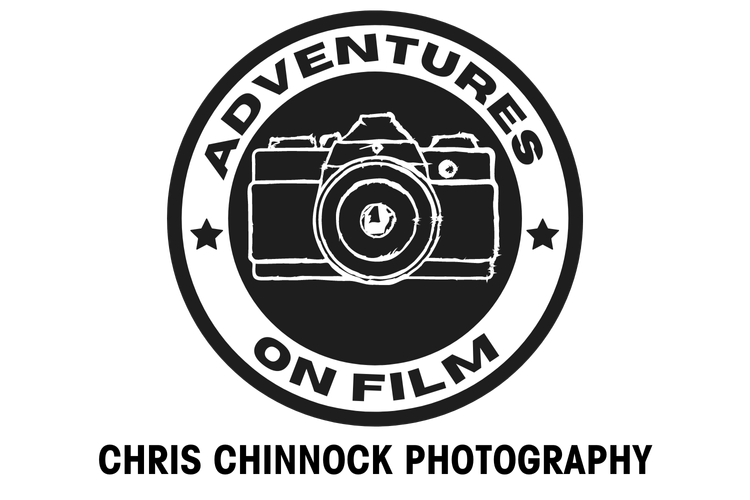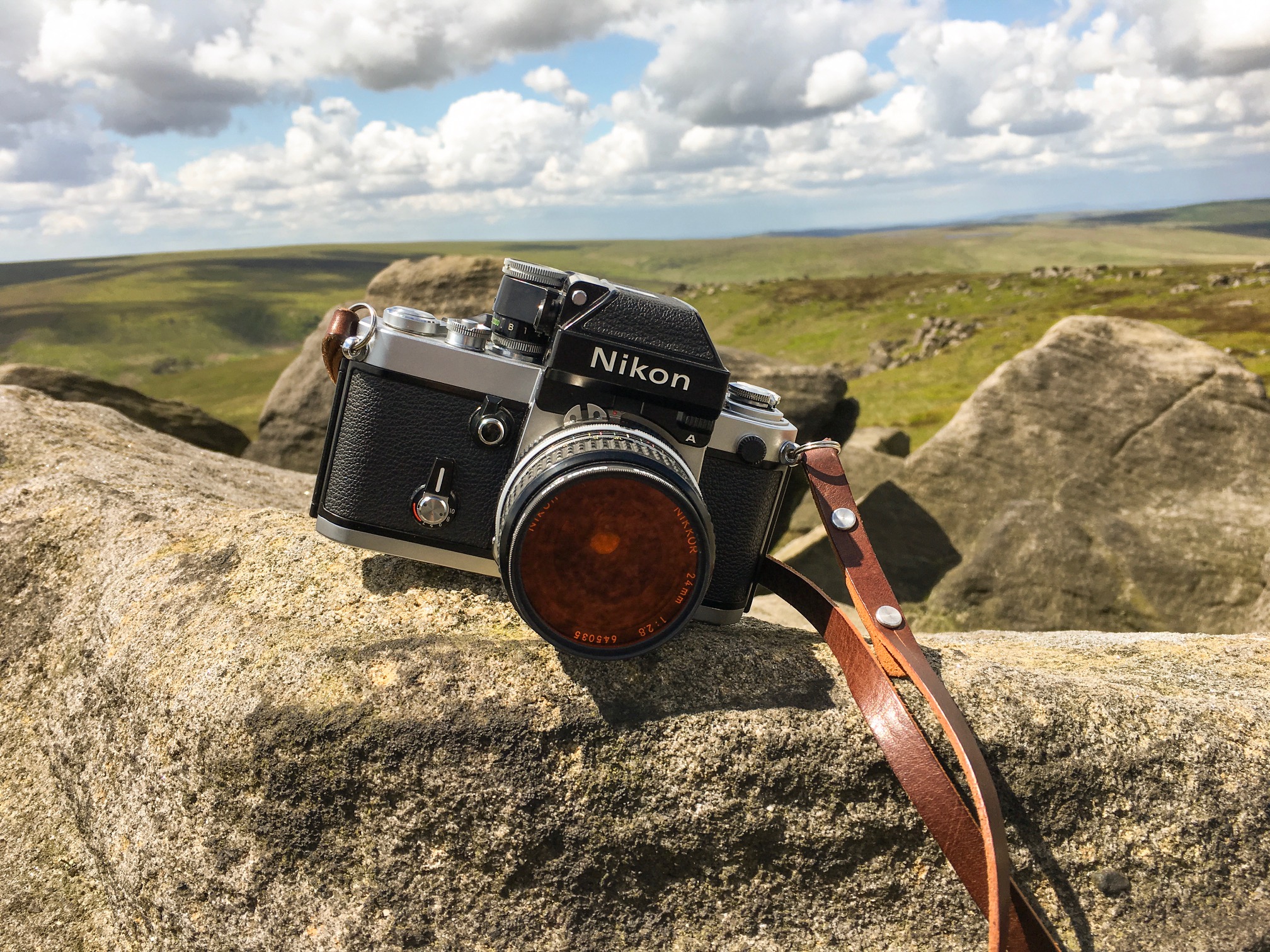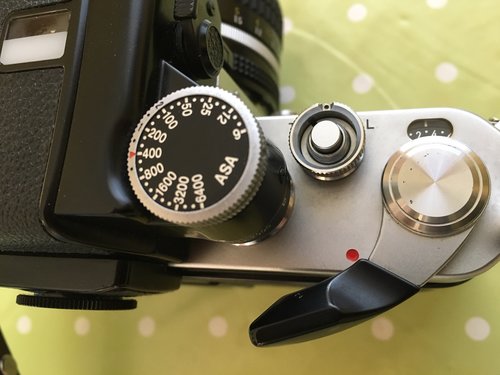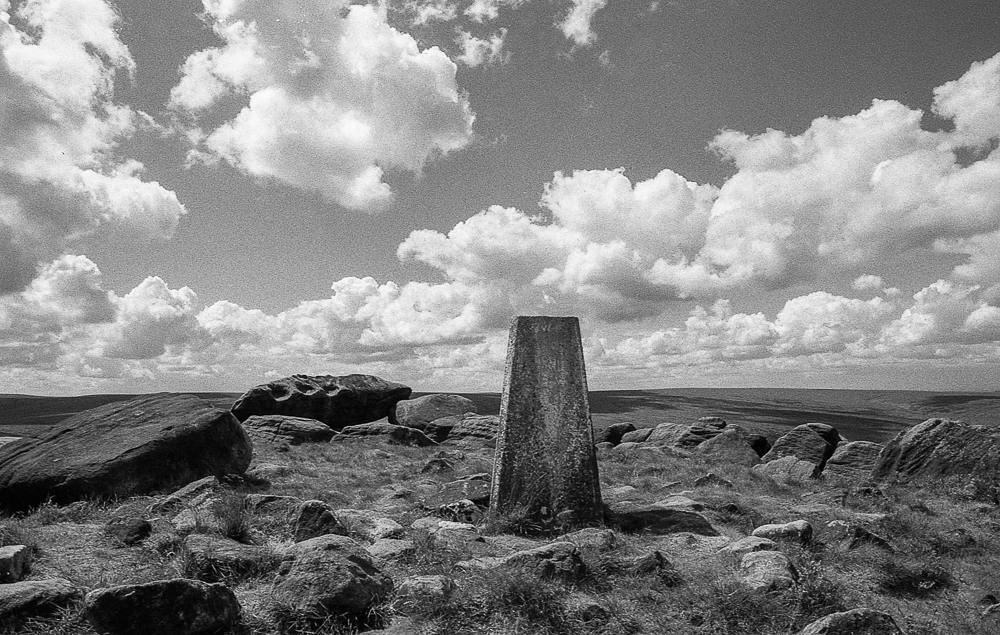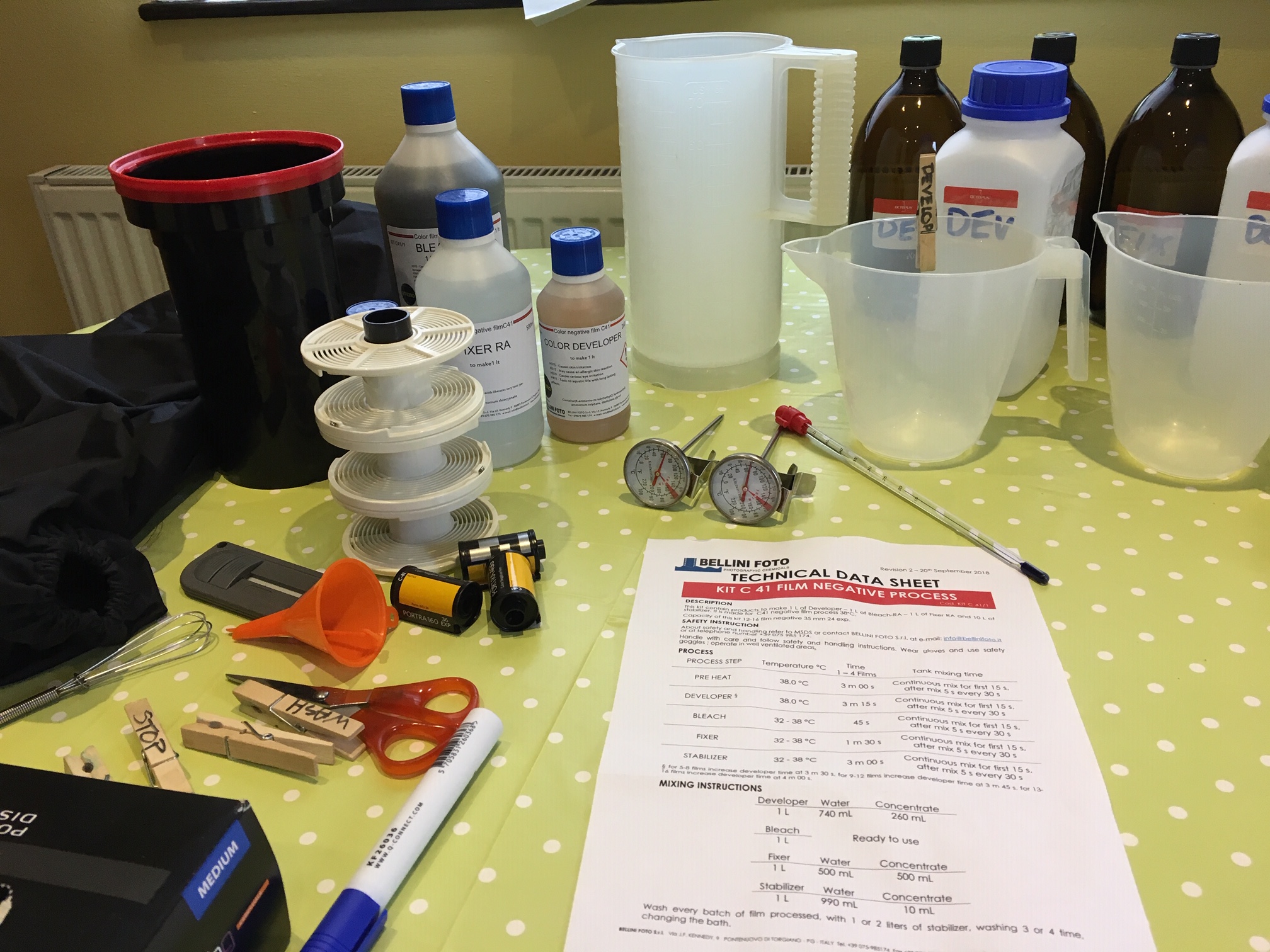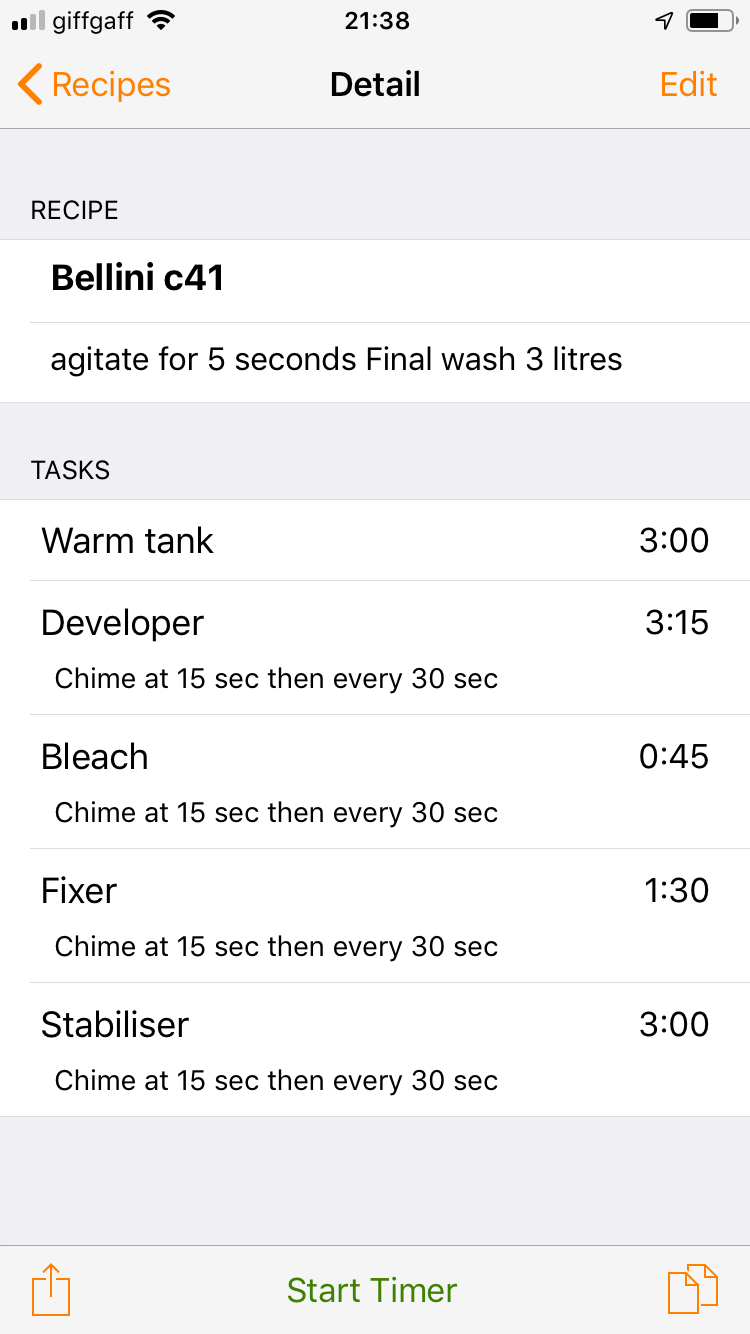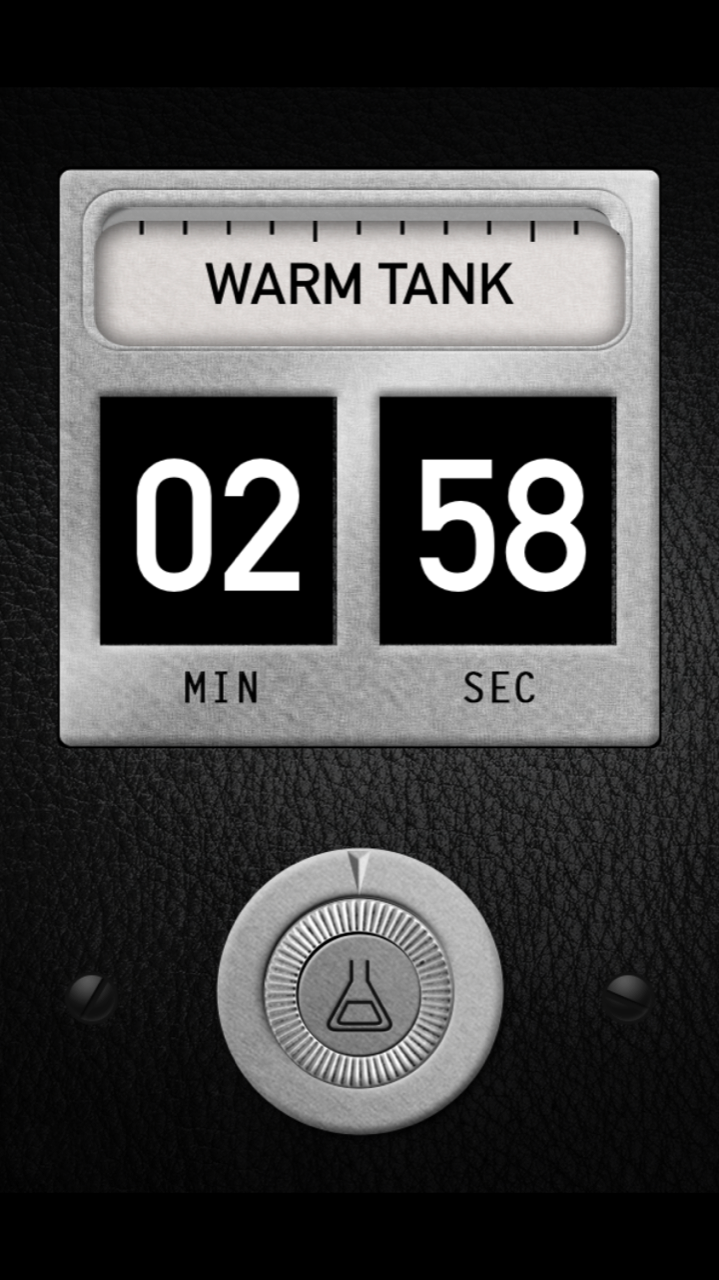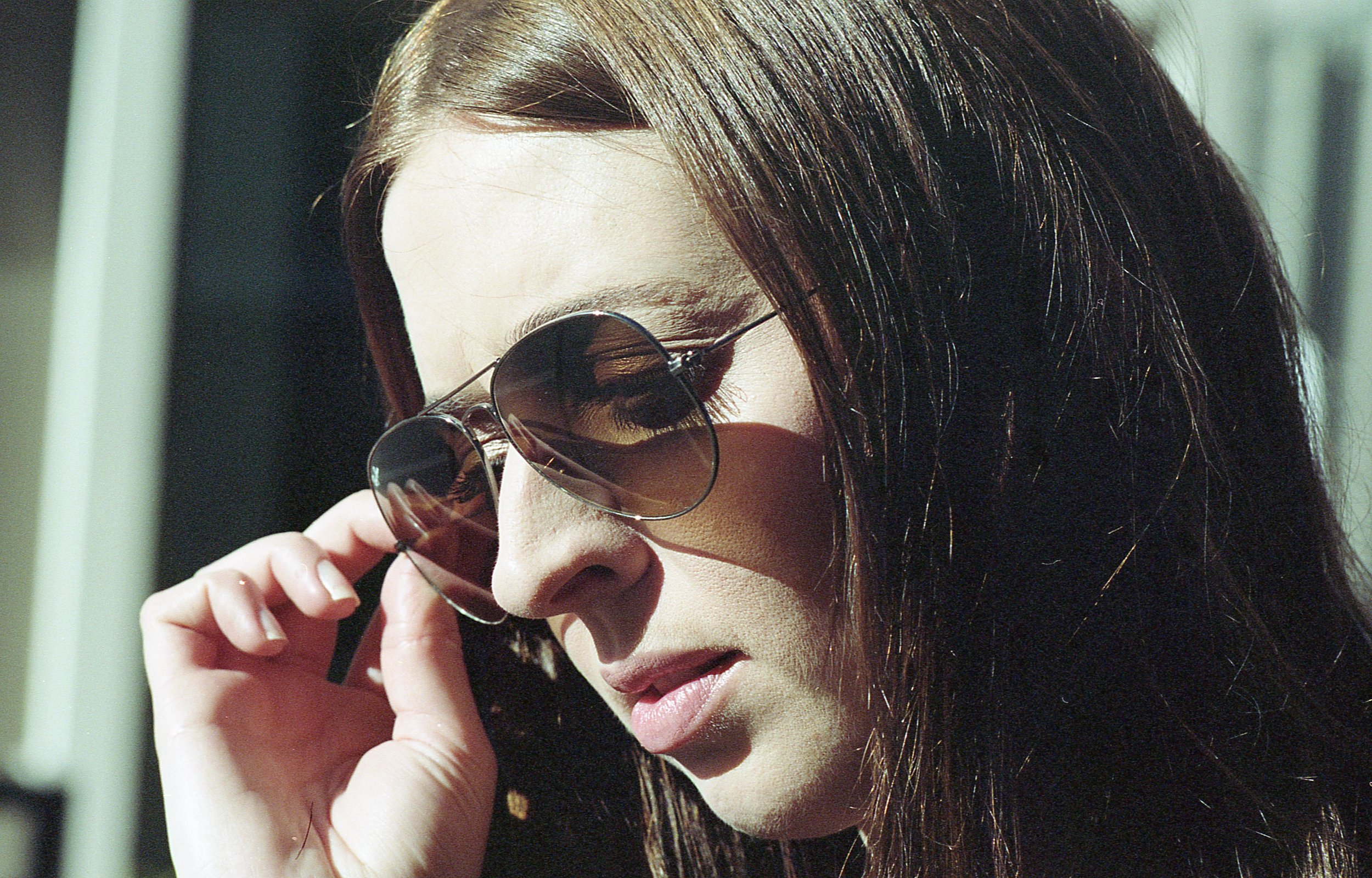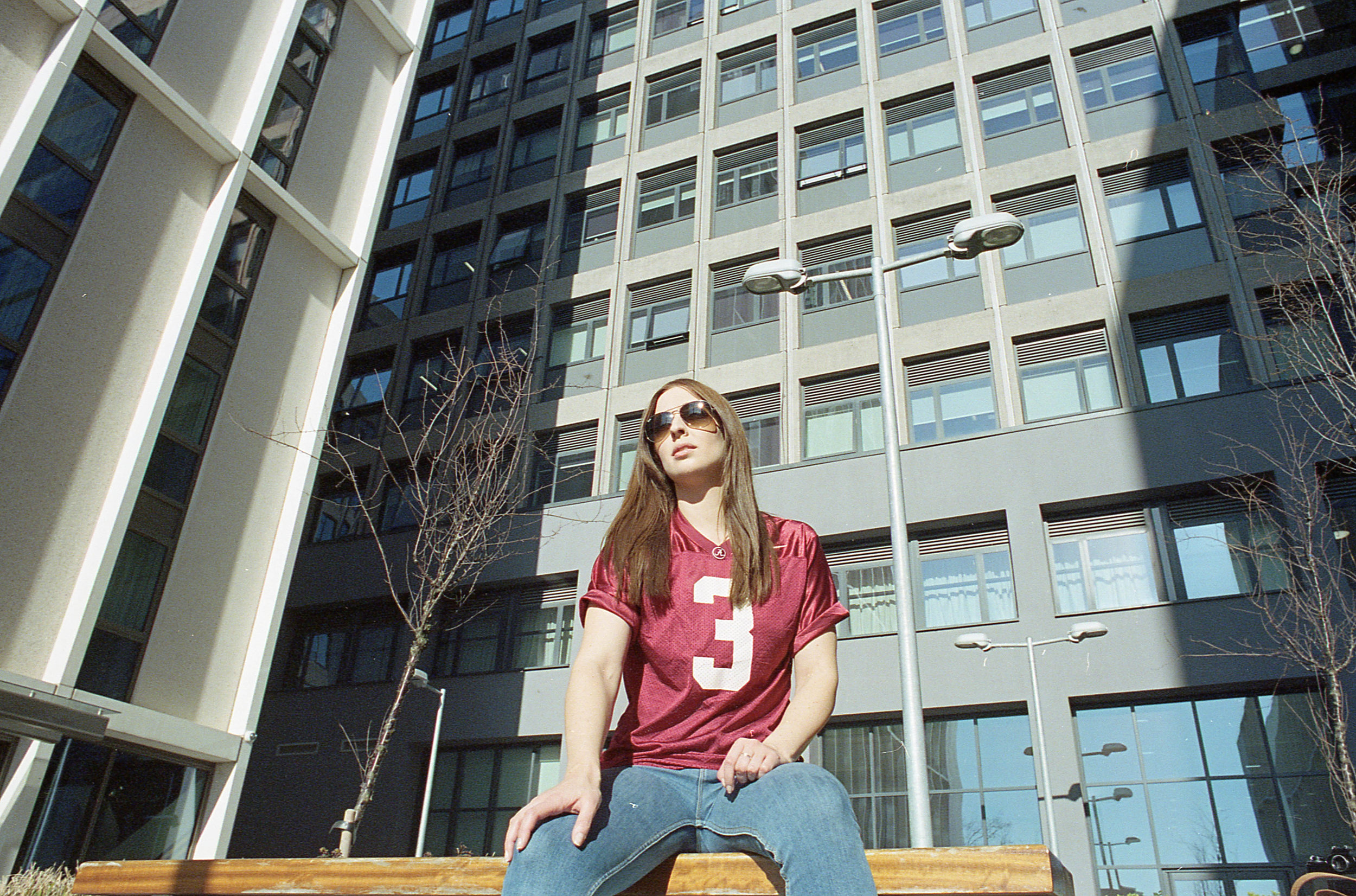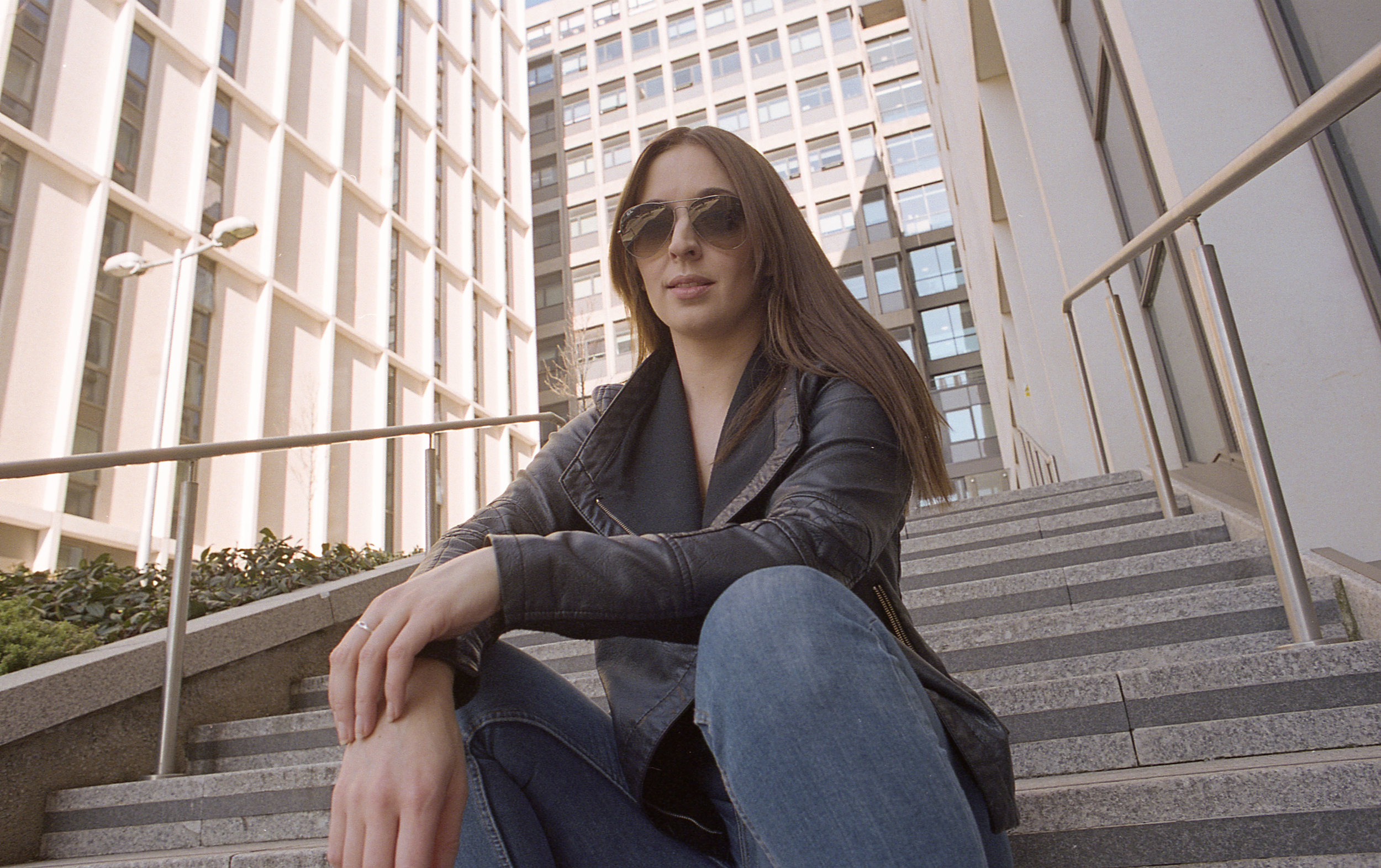Having owned the F2 for 6 months now I can confidently say it has become a firm favourite (yes I know i say that about all my cameras)! The F2 has a big reputation for being a seriously kick ass camera and I can heartily confirm that this reputation is well deserved! The Nikon F2 is an absolute joy to shoot with - I’ve used it on portrait shoots, taken it hiking and shot landscapes with it, used it for street photography and candid portraits of my little boy running about and playing at home - in every situation the F2 is the right tool for the job.
Often when we think of professional spec cameras we assume that these are complex esoteric beasts which require some form of initiation rite to operate and only the enlightened few can master it - and while that may ring true in some cases, not so for the F2! It is a VERY simple camera with an intuitive set of controls laid out in a such a way that it allows the F2 to do what all great cameras do - it gets out of your way and allows you to concentrate on your subject, lovely.
I’ve already introduced you to the F2 on this blog HERE but it’s such a great camera that I feel it deserves it’s very own blog review! I’ll give a run through of the features and operations of the camera and then we’ll get down to the business of sharing photos taken with it on various shoots and thoughts on using the F2 in practice.
The F2 is a modular design and when it was originally released back in 1971 it was a major selling feature that you could choose from a range of different focussing screens, in later years different prism heads were released which were interchangeable with any F2 body made at any time during it’s production run - this allowed you to decide on which kind of metering system (or no meter at all) worked best for you/a particular situation - my F2 is an F2A which means that it has a metered prism head that uses a needle meter readout, I much prefer this form of read over LED’s but if you like an LED readout then you can check out the F2AS head, or if you don’t want a meter at all you can get a plain prism - lovely! These days the interchangeable nature of the F2 is probably less of a selling point although it will be nice to experiment with some alternative viewfinders at some point in the future.
OK so we get it, its a nice camera - so what? how’s it different to all the other bloody cameras you have…. great question! I’m glad you asked! let me explain:
Form factor: it’s a big camera! bigger than your standard 35mm camera, I like this! fits in my hand comfortably, the F2 is perhaps the most ergonomic camera I have had the pleasure to shoot with so far!
100% viewfinder: What you see is what you get! the viewfinder shows the whole of the frame (not always a given on some cameras) it’s big, it’s bright, it’s beautiful!
Mechanical: The body requires no batteries to operate, it’s powered by springs and gears - I like this very much! (obviously the meter needs a battery)
Build quality: The F2 was hand built to a very high specification for professional shooters, in an age when things were built to last, its like a Swiss watch that you can also use as a hammer from to time (or just maybe, make photographs with it)!
Looks: yes I am shallow enough for this to be a ‘thing’ in my choice of camera, but flipping heck look at it! Industrial Design at it’s finest - an exercise in form following function if ever there was one.
I enjoy shooting with the F2 so much and I am such a big fan of the amazing Nikkor lenses that I’ve decided to concentrate my 35mm kit around two Nikon F2’s (I just bought a second one) and an FE2 which I already own (and who knows what other Nikon F mount bodies I’ll take a shine to in future) in part because these are simply amazing pieces of equipment and also because running several different lines of camera (Olympus, Pentax, Canon and Nikon) at the same time gets a bit expensive!
I’d much rather own several bodies which can all utilise the same lenses - giving me more capacity to get some killer glass and shoot it across any camera body that takes my fance. Obviously for Medium Format shenanigans the indomnitable Pentax 67 will be a fixed feature and for just the sheer lunacy of it a Holga 120N is also firmly on my ‘keeper’ list of cameras!
I want to share some of the images I’ve taken with the F2, to date I’ve used it on several portrait shoots and also a few hikes into the wilderness to shoot landscapes, I’ll start with some of the portrait images which I took on a shoot with my friend Arya Ravenswood you can see the full shoot HERE these were all shot on Portra 400 on the F2 with the Nikkor 50mm 1.4 AI lens.
And now a few images from out and about in the moors around my home, the following images were taken on the same day at two different locations - first three are from Dovestones Reservoir and the rest are from West Nab, all shot on Fomapan 200 on the F2 with the Nikkor 24mm 2.8 AI lens and an orange filter (the observant will notice this is also the same time that I took the header shots for this blog - planning ahead you see, I don’t just throw these things together you know)!
So there we have it - another blog during which I heap praise upon a particular camera, stating something like ‘so this is the only camera I’ll ever need’ or whatever, clearly I’ve established that I am prone to bouts of enthusiasm when it comes to this kind of thing but this time it’s different… as a result of how much I enjoy working with the F2 I’ve sold off pretty much all my other cameras now, I‘m a photographer not a collector so my ultimate aim here is to shoot not to have loads of cameras just sitting on the shelf - the F2 is a shooters camera, a pro series camera from a time when being a pro photographer was a badge of honour. I make no claims to that badge myself and certainly just owning a decent camera will not make you a better photographer, but owning something as well made with such attention to detail and design is a joy in and of itself - to use it as intended to create work that you are proud of is a whole other level of joy. I can’t guarantee that I won’t buy some other random cameras in future but what i can say is that for me the F2 is the ultimate 35mm film camera.
